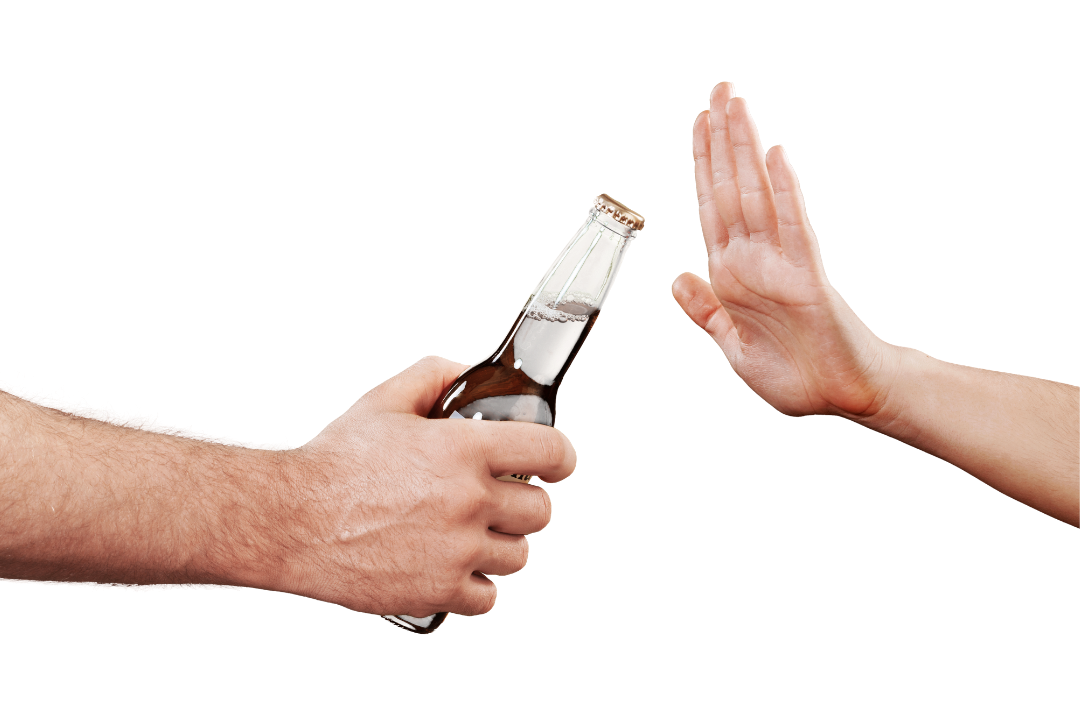BostonSight® PROSE patients with dry eye are advised to follow home-care strategies in addition to their medically prescribed treatment plans to alleviate symptoms. Some of these self-care treatment protocols include taking frequent breaks from computer time, increasing humidity in the home or workplace, and protecting the eyes from wind and sun.
Another key component is staying hydrated, which includes limiting diuretics, substances that reduce the amount of fluid in the body. Alcohol is considered a diuretic and thus it is often recommended to limit or avoid alcohol consumption to prevent dry eye symptoms.
Research
Oral alcohol administration disturbs tear film and ocular surface
Researchers at the Hallym University College of Medicine in Seoul, Korea, conducted a small study to look at the effects of alcohol on tear film and ocular surface.
Half of the study subjects consumed alcohol while the other half abstained. In the group that consumed alcohol, researchers noted tear film break-up time (TBUT) was significantly greater. In addition, ethanol was secreted into the tears which induced hyperosmolarity, a condition in which greater concentrations of proteins and electrolytes are found in the tears.
Hyperosmoloarity is an indicator of ocular dryness and a feature considered common to dry eye disease. Hyperosmolarity can cause the outer layer of the eye’s surface (the epithelium) to become damaged, resulting in exacerbating dry eye issues including blurry vision, discomfort, inflammation, and redness.
Based on these study results, the researchers concluded that these changes could worsen dry eye symptoms in patients with ocular surface conditions.
Alcohol Consumption and dry eye syndrome: a Meta-analysis
In this study that appeared in the International Journal of Ophthalmology, the authors concluded that “the pooled results of the 10 involved studies from 8 articles showed that alcohol consumption could increase the risk of DES [dry eye symptoms]. For heavy drinkers, peripheral neuropathy caused by alcohol consumption may decrease their corneal sensitivity, and the real severity of DES tends to be underestimated, which should draw the attention of ophthalmologists. For any disease, the key point is to cure the disease by understanding and addressing the underlying source. Our findings indicate that controlling alcohol consumption may help to reduce DES prevalence.”
This post is part of BostonSight’s archival content and was originally authored by Janice M. Epstein in 2015. Content has been updated to be current. This content is informational in nature and should not be considered medical advice. Please reach out to your medical professional for questions about your vision.
